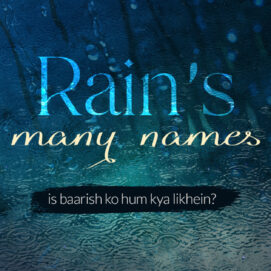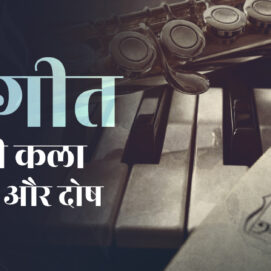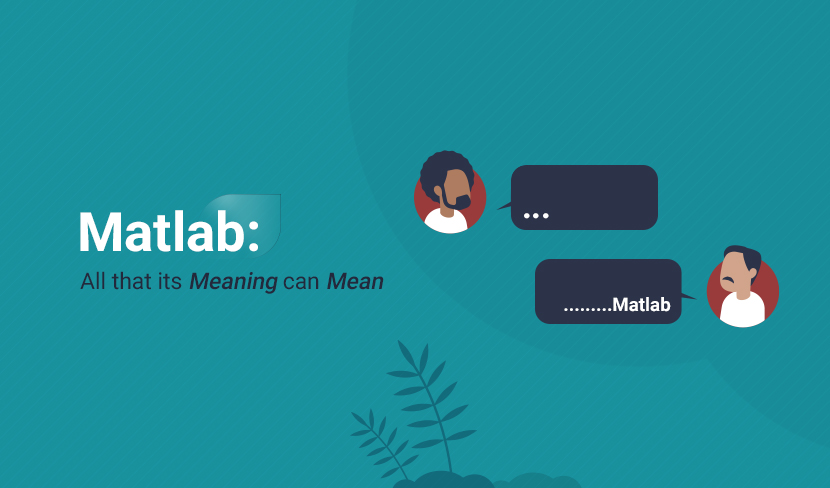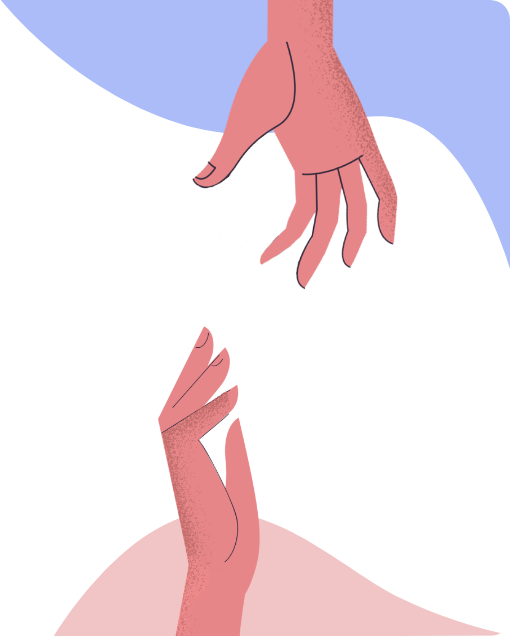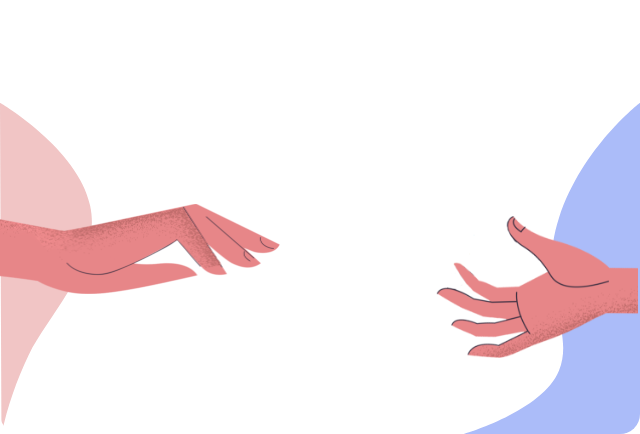زیادہ تلاش کیے گئے الفاظ
محفوظ شدہ الفاظ
چَمَنِسْتان
ایسا باغ جہاں پھول کثرت سے ہوں، ایسی جگہ جہاں دور تک پھول ہی پھول اور سبزہ سبزہ نظر آئے، گلزار، گلستان، باغ، پھولوں کا قطعہ، سبز کھیت
مَزدُور
اجرت پر محنت و مشقت کا کام کرنے والا، تجارت اور صنعت کے شعبوں میں جسمانی محنت کا کام کرنے والا، دوسروں کے کھیتوں میں اجرت پر کام کرنے والا، محنت فروش
In the Rhythm of Words: Arooz-Related Vocabulary
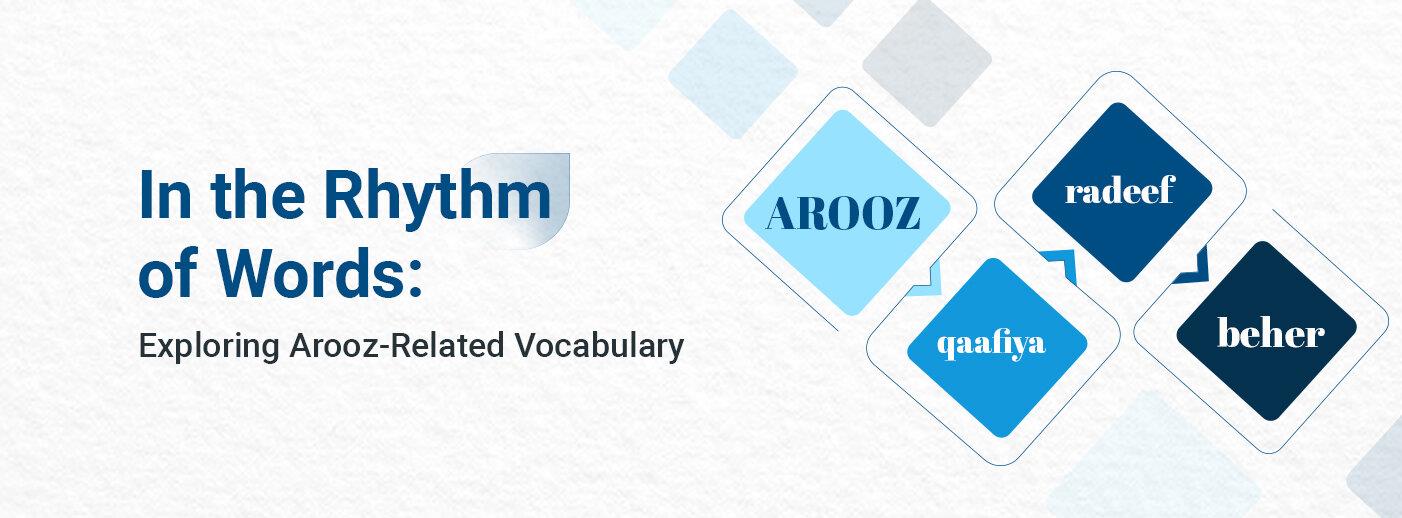
Dear readers, let's embark on this blog journey with a glimpse into these enchanting couplets:
ze-haal-e-miskin makun taghaful durae nainan banae batiyan
ki tab-e-hijran nadaram ai jaan na lehu kahe lagae chhatiyan
yakayak az dil do chashm jadu ba-sad-farebam ba-burd taskin
kise padi hai jo ja sunawe piyare pi ko hamari batiyan
Quite lyrical, isn't it? It's like these words effortlessly dance to a natural tune. However, this rhythmic flow is not just a random occurrence. It's an art crafted by humans, composed of elements that infuse Urdu poetry with a captivating rhythm.
Penned by Amir Khusrau, these couplets belong to the first-ever Ghazal written in Rekhta, an earlier name for the Urdu language and its poetry.
In this blog, we'll dive into the vocabulary of Arooz, an Urdu branch of knowledge dealing with what we call 'prosody' in English. We'll explore the placement and significance of these elements in Urdu poetry. So, let’s begin our voyage into learning the vocabulary of Arooz and add a ting of rhythm into our Urdu vocabulary!
First up, let us take a look at the forms of poetries in which Arooz or prosody is used. To the surprise of many, Urdu poetry is much more than just the popular Ghazals and Nazms.
Qita comprises two couplets, consisting of four interconnected verses. Each line holds hands with the next, revealing a thought that unfolds gracefully, step by step.
Then there’s Masnawi. It is a lengthy narrative poem, exceeding the concise nature of a ghazal, with themes of religion, romance, or imparting moral lessons.
A Rubaii is a quatrain, which revolves around one single idea, unlike a ghazal. So, in essence, a Rubaii is self-sufficient in terms of being one whole idea put forth in 4 lines.
Up next we have the Qasida, which is a form of poetry that celebrates a king, a noble figure, or a generous patron. It starts with two rhyming lines, like a ghazal, and repeats that rhyme in the second line of each following verse. It can go up to 50 lines in length.
A Marsiya is what one may call an ‘elegy’ in English. However, when it enters the sphere of Urdu poetry, it takes a more religious form. Marsiya is an elegy, a poetic expression of mourning, especially commemorating Imam Hussain's martyrdom at Karbala.
Now that you’ve acquainted yourself with the forms of poetry, let us move forth to look at the components and elements that shape these poetic marvels. We shall understand them with reference to the couplets mentioned above.
First up we have two terminologies: Misra-e-uula and Misra-e-saani.
Uula is an Arabic word and means the first, in start or in beaning. So, Misra-e-uula is the first line of a couplet. Saani, also having roots in Arabic, means second, or two and refers to the second line of the couplet, known as called Misra-e-saani.
Our second word is a popular one, as many Urdu enthusiasts are familiar with it. The word ‘Qaafiya’ is used to define the rhyming words in a ghazal, or other poetic form. Words that rhyme with one another are called ‘hum-qaafiya’ alfaaz. For instance, ‘batiyan’ and ‘chhatiyan’ are hum-qaafiya words in this ghazal.
Then we have the Beher, or the rhythmic structure of a sher or ghazal. In English, we call it the meter of a poem, or poetic form. When all the lines (misre) in a sher or ghazal have the same meter, it is said to be in a particular Bahr.
Radeef is used to refer to the repeated words in a couplet. Radeef finds most of its prominence in ghazals, where poets usually use the same word in both the lines of the first couplet.
Though not directly related to Arooz, 'Takhallus' is a noteworthy addition to your Urdu poetry vocabulary. Takhallus, a lyrical entity in itself, is used to refer to the pen name or pseudonym used by poets in their literary works.
And with that dear readers, we lift the pen from the captivating vocabulary related to Arooz in Urdu. We hope that you’ve learnt a thing or two and enhanced your knowledge of the world of Arooz.
Delete 44 saved words?
کیا آپ واقعی ان اندراجات کو حذف کر رہے ہیں؟ انہیں واپس لانا ناممکن ہوگا۔
